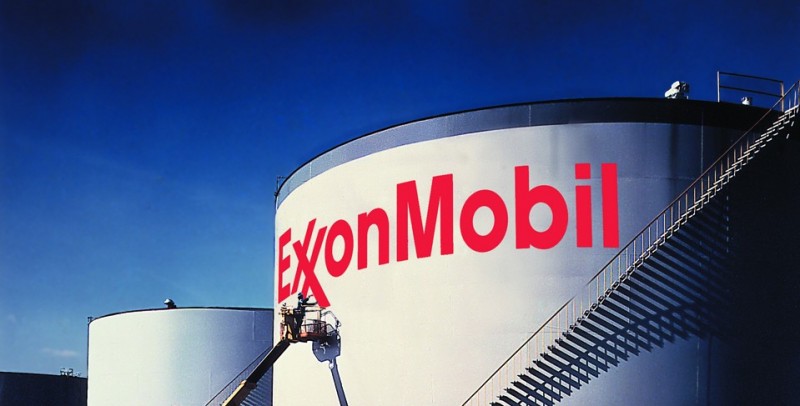
U.S. crude futures tanked Wednesday to levels not seen since late March amid concerns of U.S. recession and signals of demand weakness in China. Meanwhile, the May 1 start of the OPEC+ oil output reduction stirred the murky outlook for the year’s oil prices.
U.S. crude oil futures dropped a further 4.9% to $68.20 per barrel Wednesday, coming close to one-year lows, after sinking more than 5% Tuesday. Tuesday’s drop hinged on a number of factors: on another round of upheaval in the banking sector, on concerns over a possible U.S. debt default, on data showing a slowdown in China’s recovery and fear another Federal Reserve rate hike could prod a U.S. recession.
Oil dipped as low as $66.74 in March. U.S. oil futures hit a five-month high $83.38 per barrel on April 12 following the production cut news from OPEC+, which includes the Organization of the Petroleum Exporting Countries and key allies.
When OPEC+, the oil cartel bolstered by allies such as Russia, announced a surprise oil production cut in early April, oil prices spiked to five-month highs. From there, it was unclear which way oil would go. Some analysts predicted a recession would sap pricing strength. Others forecast strong oil demand and increased prices.
So far in 2023, oil and natural gas prices have dropped considerably vs. the 2022 levels, fueled by Russia’s invasion of Ukraine, which drove sky-high oil prices and profits for oil producers.
The April 2 announcement cut the OPEC+ production quota by 1.15 million barrels a day starting in May. The oil cartel had previously signaled it would hold supply steady throughout 2023. In October, OPEC+ cut output by 2 million barrels per day.
Analysts saw this as a proactive move by OPEC, responding to concerns of a recession hurting oil demand in 2023. Many industry watchers read the move as reaction to the risk of a disappointing reopening of China’s economy and a possible recession in the U.S.
Could Summer Travel Boost Oil
Driving season is upcoming in the U.S., a time when crude prices usually increase. However, oil prices and gasoline do not appear to be increasing yet this year.
The price of gasoline at the pump averaged $3.58 per gallon Wednesday, down around 15% compared to last year, according to the AAA.
“As long as the oil cost keeps wobbling around the low to mid $70s per barrel, drivers will benefit when they fuel up,” Andrew Gross, an AAA spokesperson, said in a statement Thursday.
U.S. crude oil prices this summer are estimated to hover between $74 and $76 per barrel, according to CME Group. Crude prices are estimated to drop to between $72 and $74 per barrel in the waning months of 2023.
Meanwhile, U.S. natural gas prices Wednesday were down around $2.34 per million British thermal units. Natural gas futures undercut the $2 mark in late February 2023 for the first time since September 2020. Natural gas prices have declined 78% from their August 2022 peak of $10.
Oil Prices Drag Down Energy Stocks
Energy stocks dropped off Tuesday and continued to head south Wednesday during market trade.
Chevron (CVX) stock and Exxon Mobil (XOM) ended Wednesday down around 2%. SLB (SLB), formerly known as Schlumberger, edged down 2% Wednesday. Halliburton (HAL) dove 2.4% and Baker Hughes (BKR) edged up 0.4% after falling 5.3% Tuesday.
Meanwhile, oil prices also weighed on BP (BP) Tuesday, as shares sank 8%.
On Wednesday, BP shed 0.9%.
Please follow Kit Norton on Twitter @KitNorton for more coverage.
YOU MAY ALSO LIKE:
U.S.-China Technology Cold War Heats Up As Beijing Returns Fire
Get An Edge In The Stock Market With IBD Digital
Best Growth Stocks To Buy And Watch
Tesla Stock In 2023: The EV Giant Faces Different Challenges In Its Two Megamarkets
Chevron Stock, Exxon Mobil Falter As Oil Prices Skid To 15-Month Lows
The post Oil Prices Skid To Lowest Level Since March; Traders Brace For Recession appeared first on Investor’s Business Daily.



